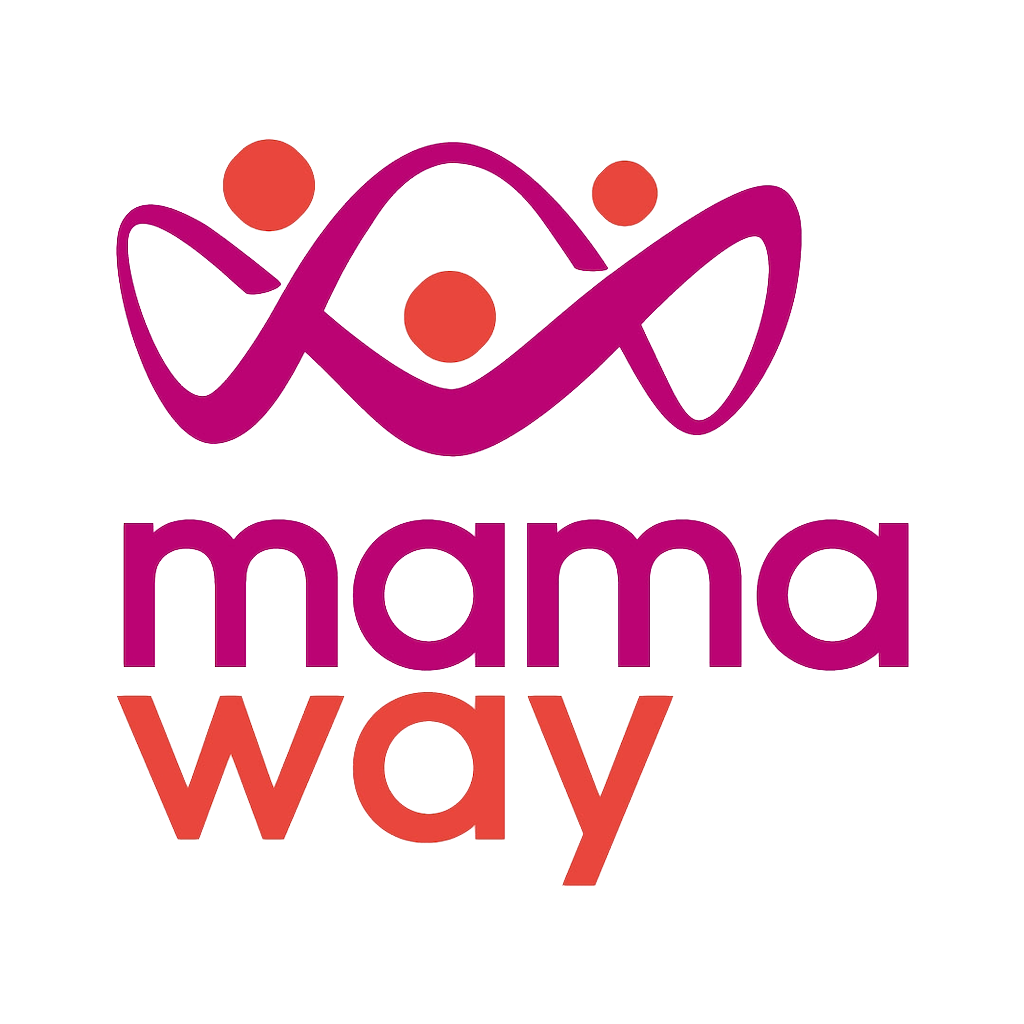My mum tells me stories of women in her generation; feeding solids to their newborns; giving water to satisfy an infant’s thirst; lacing dummies with honey and slipping small quantities of alcohol into a baby’s bottle, to assist with sleep. Eeek.
Sounds horrifying today and it’s easy to scoff, however, these mums, like every mum, fed their babies what they believed was best.
A few pendulum-swings and (some) decades later… we find ourselves offered a different perspective again. We can be thankful for the lessons handed down from previous generations; what latest research tells us; and for the wisdom that has been afforded.
If you’re thinking of introducing solids to your baby, best practice today states to commence its introduction before the baby is six months, but not before four months of age. Here’s what you need to know…
HOW CAN I INTRODUCE MY CHILD TO FOODS?
Let your child try one single-ingredient food at a time at first. This helps you see if your child has any problems with that food, such as food allergies. Wait 3 to 5 days between each new food. Before you know it, your child will be on his or her way to eating and enjoying lots of new foods.
Your child needs certains Vitamins and Minerals to grow healthy and strong. Now when they are able to eat food, be sure to choose foods that give them all of the vitamins and mineral needed.
HOW DO I KNOW WHEN BABY IS READY?
Here are some sneaky signs to keep an eye open for:
- He has good neck control and can sit upright, when supported.
- He opens his mouth when offered a spoon;
- He displays interest in your food;
- He reaches out toward your food (and MAY snatch it!);
A lot of patience is required whilst baby learns how to eat and every baby will be different. If your bub, by 7 months, is refusing solid food, have a chat with your healthcare provider.
WHAT TO KNOW…
At different ages/stages, your baby will require different textures. For example:
- 4-6 month olds – He’ll love smooshy/pureed foods;
- 7-8 month olds – Mashed and semi-lumpy foods (even though they don’t look so good);
- 8-9 month olds – Finger food (where life gets interesting);
- 12 month olds – Similar meals to the rest of the family. No more double meal prep, yay!
Aim to give baby loads of variety and from each food group.

WHICH SOLIDS DO I INTRODUCE?
At first, the child will find it simpler to eat meals that have been mashed, pureed, strained, or have a very smooth texture. A toddler may need some time to get used to different food textures. in addition, youngsters might sneeze, cough, or gag. You can introduce thicker and lumpier foods as your baby’s oral abilities advance. All food groups are required but in no particular order
- Cereal foods, such as pasta, fortified cereals, bread, corn, oats, and rice. (Mix cereals and mashed cooked grains with breast milk, formula, or water to make it smooth and easy for your baby to swallow.);
- Meats products – lamb, beef, seafood, cooked egg, and legumes (Remove all fat, skin, and bones from poultry, meat, and fish, before cooking.);
- Mashed or Puree Fruit and vegetables – a wide variety and fresh/cooked, dependent on age/stage;
- Dairy – cheese, and yogurt. Cows milk (when over 12 months).
Introduce foods, one at a time, and with 24-48 hour intervals in between. If the food causes an allergic reaction, stop. In the case of emergency, call an ambulance.
A WORD ON FOOD ALLERGY…
Over the past ten years, peanut allergies have doubled in western countries but it’s believed that one of the solutions is perhaps easier than once thought.
According to the Department of National Health, ‘delaying the introduction of solids much beyond six months may result in the baby not getting enough nutrients, and may increase the possibility of allergies’.
1. GIVE peanut products
There’s been a total turn-around on this one, mums.
Latest advice states that peanuts (not whole ones, as they are a choking hazard!), but peanut products eg. peanut butter, should be introduced between 4 and 12 months.
This advice is true for babies with severe eczema and babies with other allergies as well as those with a family-history of allergy, agrees Claire McCarthy, MD, FAAP and primary care pediatrician at Boston Children’s Hospital.
If you have good reason to believe your infant IS allergic/anaphylactic to a peanut product, try-out their first taste of peanut butter, whilst visiting your GP!
Of course, if the infant already has a known peanut allergy, DO NOT you must avoid these foods.
2. GIVE egg products
Likewise, egg products (cooked only) should be introduced early for the same reasons, specified above.
The introduction of solids can be a fun (and messy!) time, full of firsts. After all, food is more than just an offering of nutrients for baby’s growth and development. Food offers baby new experiences for exploration and an enjoyment of vast arrays of texture, taste, colour and shape.
Potentially allergenic foods include cow’s milk products, eggs, fish, shellfish, tree nuts, peanuts, wheat, soy, and sesame. Drinking cow’s milk or fortified soy beverages is not recommended until your child is older than 12 months, but other cow’s milk products, such as yogurt, can be introduced before 12 months. If your child has severe eczema and/or egg allergy, talk with your child’s doctor or nurse about when and how to safely introduce foods with peanuts.
In addition, eating solid foods will develop baby’s jaws and teeth that will be required for his later language development – he’ll then be able to tell you exactly what he will eat and what he won’t!


Leave a Reply